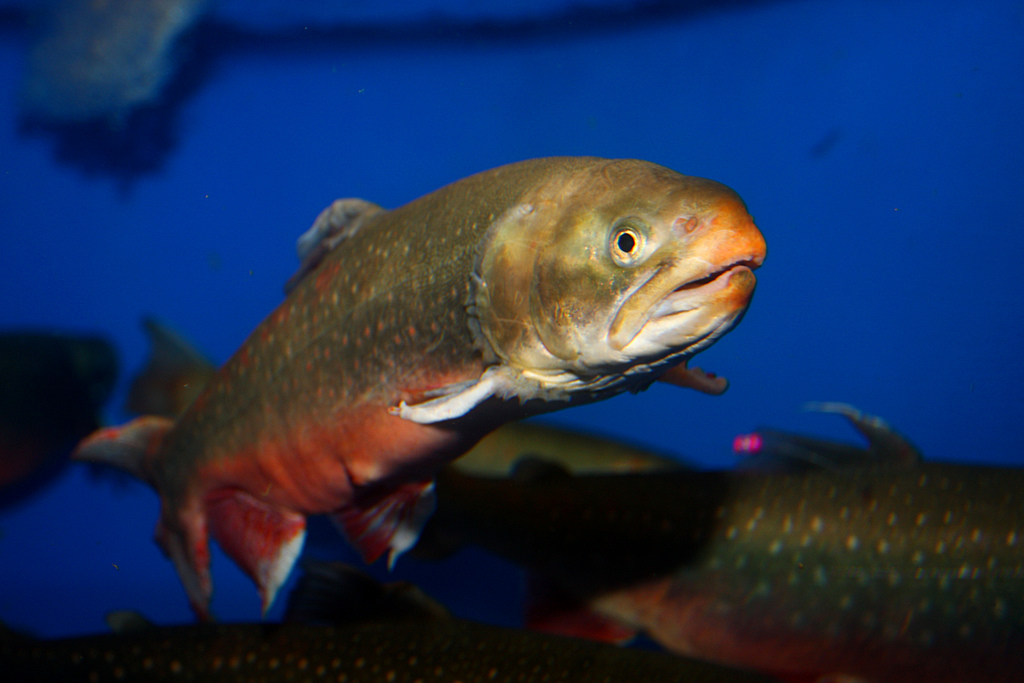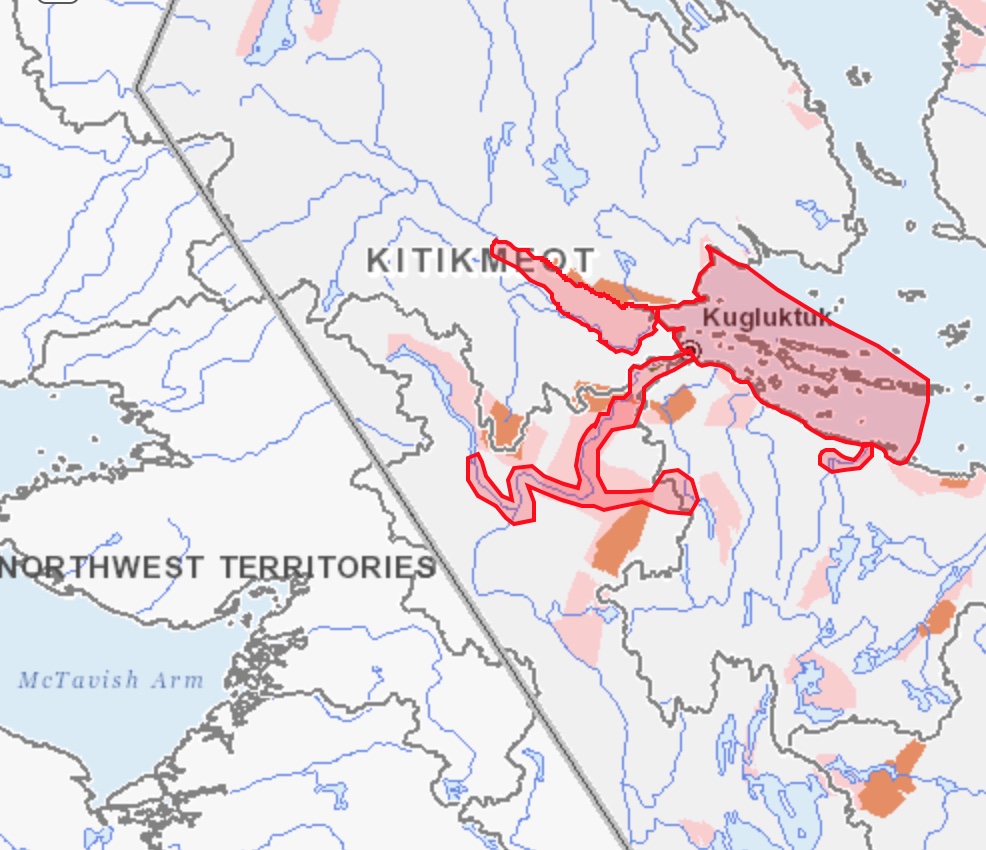After a sharp drop in subsistence catches, Ottawa earmarks $1.2 million for Arctic char study
The study, based in western Nunavut, will follow about 100 fish over a five-year period using tracking devices.

Inuinnait in western Nunavut have long fished from the nearby rivers and coasts, but since 2015 they have witnessed a sharp decline in the numbers of migratory Arctic char.
“Fish numbers based on subsistence harvesting are decreasing. There is little understanding of where fish go in the freshwater and marine environment and we want to know how fish movements may be impacting subsistence fishing to the community,” said Larry Adjun, the Kugluktuk Angoniatit Association’s president, in his letter of support for a new project that could provide some answers.
The five-year project involves implanting about 100 char with tracking devices that will hopefully offer more knowledge about the movements of these somewhat mysterious fish stocks between the sea and inland lakes.
The project is made possible by a funding announcement made last Friday by Dominic LeBlanc, the federal minister of fisheries.
Leblanc said the University of Waterloo will receive $1,261,890 over five years for its research into the Arctic char around Kugluktuk, as part of the $1.5 billion Oceans Protection Plan, launched in 2016.
The goal, Leblanc said, is to “promote healthy, thriving ecosystems in Canada’s Arctic for future generations.”

This year, in July and August, about 30 to 50 Arctic char will be fitted with satellite tags, and roughly a dozen more fitted with pop-off tags, which will fall off later in the season.
By the fall of 2018, readings from these tags will provide the first information about where the fish migrate and overwinter, says a project description filed with Nunavut regulators.
“Neither local fishers nor scientists know where char spawn and overwinter in the Coppermine River or adjacent tributary lakes, so the cause of this decline is unknown,” the project description said.
Later, the information from the tags will help with the development of a restoration plan for streams that support Arctic char and are experiencing low-flow water events and fish stranding.
During the project, the University of Waterloo and the hunters and trappers organization plan to focus on the major char-supporting river systems near Kugluktuk, including the Rae, Richardson, Coppermine and Kugaryuak Rivers, as well as the Coronation Gulf.
For about 45 days each year, a team of 10, with four researchers and six community members selected by the HTO, will head out to tag char.
They’ll capture char by netting and angling.
They will then implant the fish with tracking devices that can provide information on habitat use and migration.
A total of 95 tags will be used over the course of this project, with the tags remaining after this summer’s work being used in the following summer of 2019.
Judging from details in the project description, tagging fish is a slippery job: clove oil will mainly be used to immobilize the fish. This oil is a nonhazardous product, with no lasting effects on fish, so this means the fish can be safely consumed immediately after they recover, the project description notes.
Along with the tagging, Inuit Qaujimajatuqangit will be compiled on topics such as identification of streams with low flow and fish stranding, historically important char areas and observed changes in char migration.
This knowledge will then be combined with the research on fish habitat use, migration patterns and genetic analysis to identify possible sites for the restoration of migratory char habitats.